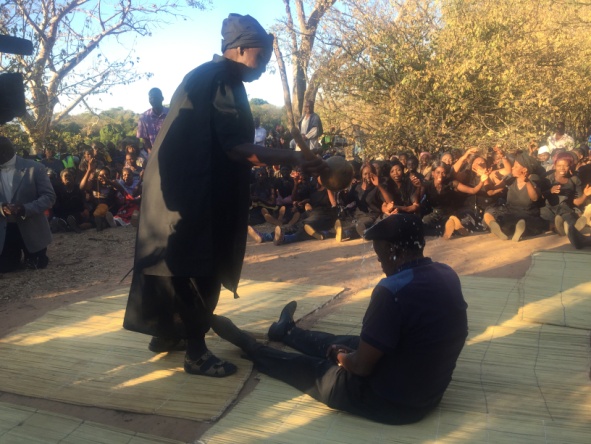


Mosi-Oa-Tunya est un site inscrit sur la Liste du patrimoine mondial pour sa valeur exceptionnelle de patrimoine naturel, mais le site est également associé à des valeurs spirituelles et religieuses essentielles, reconnues par les communautés et les populations locales, régionales et même internationales. L'exercice de cartographie culturelle a permis à la direction du site d'acquérir une meilleure compréhension de la signification à plusieurs niveaux du site et des différentes valeurs qui lui sont attribuées par les différentes parties prenantes et les détenteurs de droits. Grâce à la cartographie culturelle, le site est associé à des valeurs militaires, archéologiques, anthropologiques, écologiques et historiques, pour n'en citer que quelques-unes.
La cartographie culturelle, avec l'implication de multiples acteurs et communautés locales, a permis une reconnaissance plus large de l'importance et des valeurs du site, ce qui a attiré l'attention sur les multiples interconnexions entre les valeurs naturelles et culturelles, et sur la nécessité de les sauvegarder toutes les deux pour la sauvegarde à long terme du site.
La reconnaissance du rôle essentiel joué par les communautés locales et autochtones est l'épine dorsale de cet élément constitutif et de l'élaboration d'une évaluation inclusive de la valeur du site.
En outre, la participation des gestionnaires de sites à des activités régionales et internationales de renforcement des capacités et à des cours de formation sur les liens entre nature et culture dans la conservation des biens du patrimoine mondial, ainsi que l'échange avec d'autres gestionnaires de sites gérant des sites d'une complexité similaire, sont essentiels.
Le principal enseignement tiré de cet exercice est que le site du patrimoine mondial Mosi-Oa-Tunya/Chutes Victoria n'est pas seulement un site naturel du patrimoine mondial, mais aussi un site et un paysage culturels importants. Grâce à la cartographie culturelle, la signification à plusieurs niveaux du site a permis de mieux comprendre les valeurs du bien et les multiples interconnexions entre les valeurs naturelles et culturelles, ainsi que le rôle important joué par les communautés dans l'identification et la sauvegarde des valeurs culturelles et de certaines valeurs naturelles du site.
L'exercice de cartographie culturelle a également été l'occasion de réunir les parties prenantes institutionnelles et les communautés locales, en créant des partenariats plus étroits et des opportunités d'inclure les acteurs locaux dans les activités de prise de décision, de conservation et de gestion.